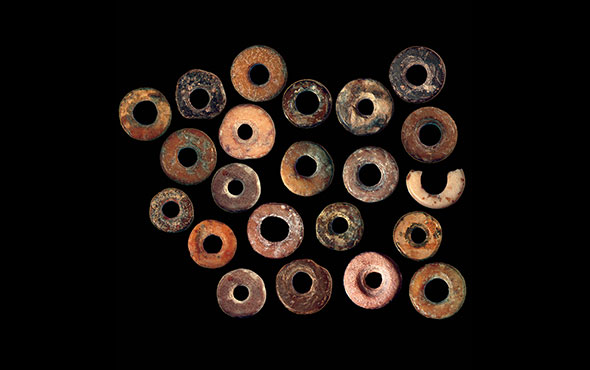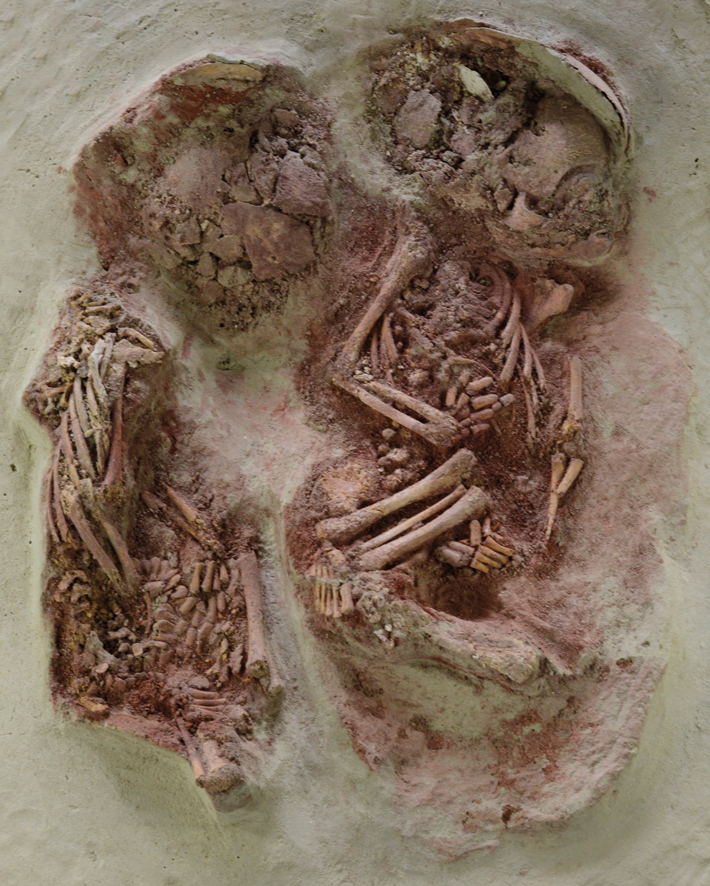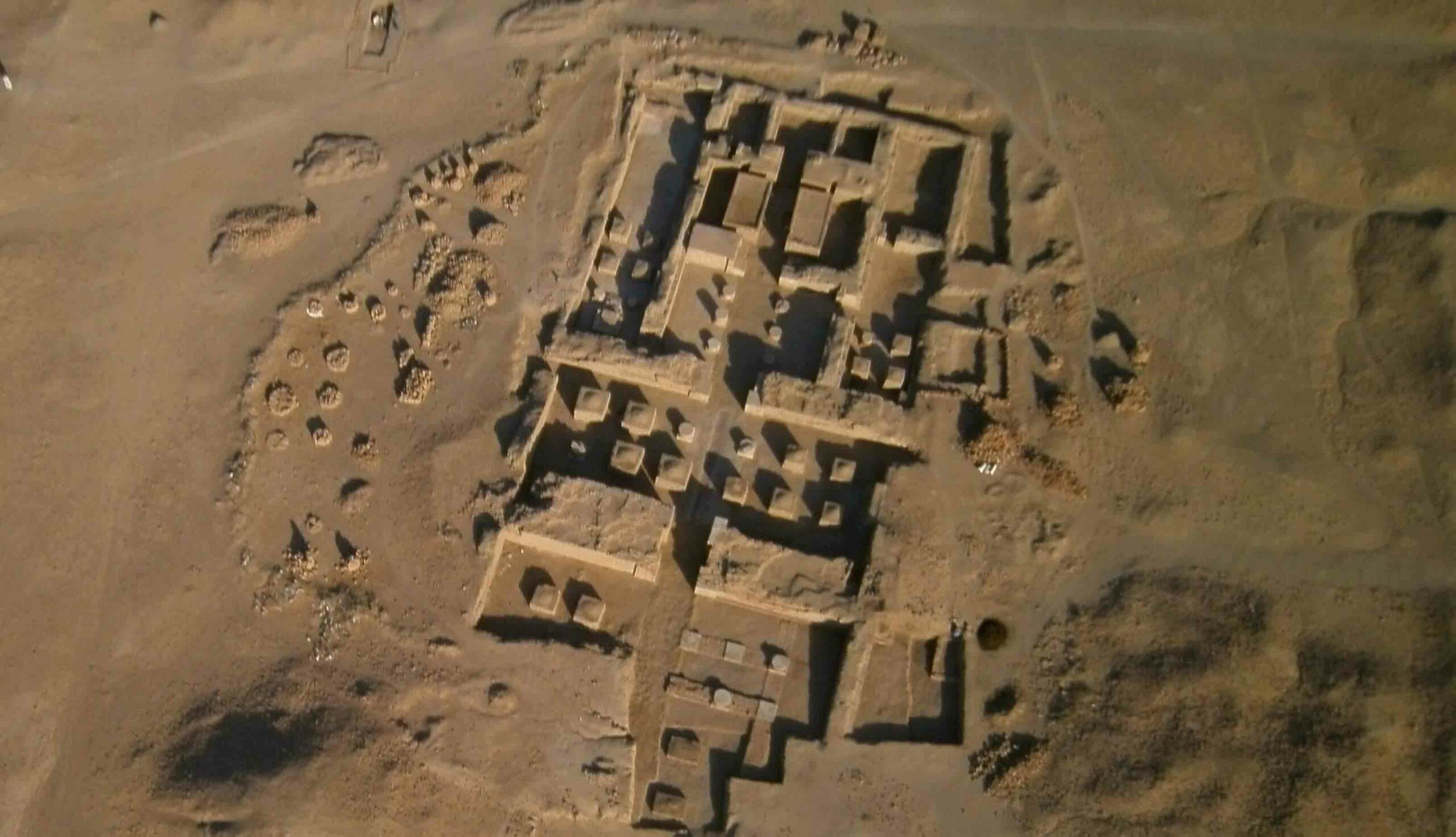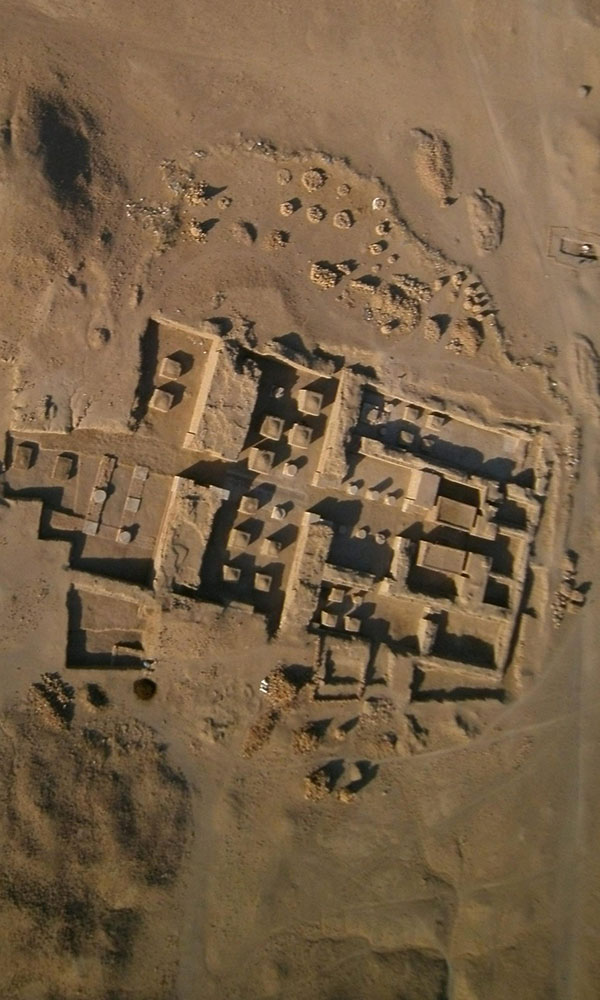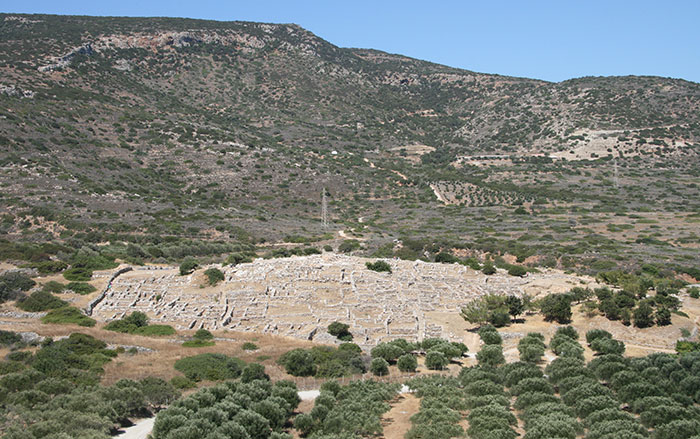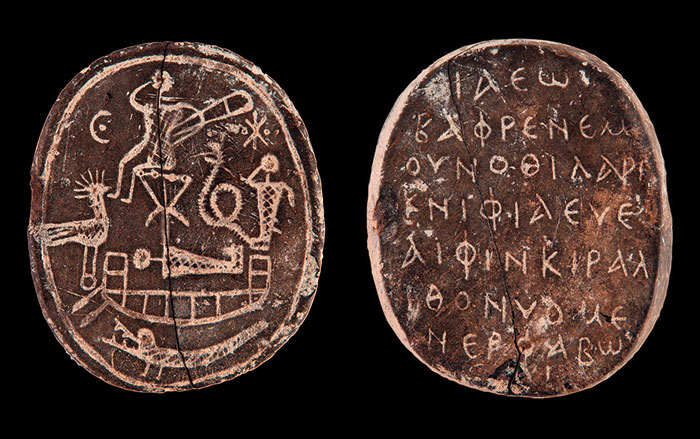
BOLOGNA, ITALY—Stefano Benazzi of the University of Bologna and Marco Peresani of the University of Ferrara found microscopic markings on the surface of a large cavity in a 14,000-year-old molar that “were the result of a variety of gestures and movements associated with slicing a microlithic point in different directions,” Benazzi told Discovery News. They then conducted tests on the enamel of three molars with wood, bone, and microlithic points to confirm that the infected tissue in the ancient cavity had been picked away from the tooth with a small, sharp stone tool. “This shows that Later Upper Paleolithic humans were aware about the deleterious effects of caries, and the need to intervene with an invasive treatment to clean a deep dental cavity,” Benazzi said. Wear on the tooth shows that the treatment had been conducted long before the man died at the age of 25. His remains were discovered in 1988 in a rock shelter in northern Italy. “The treatment went unnoticed for all these years. The cavity was described as a simple carious lesion,” Benazzi said. For more on prehistoric dentistry, go to "Fixing Ancient Toothaches."



